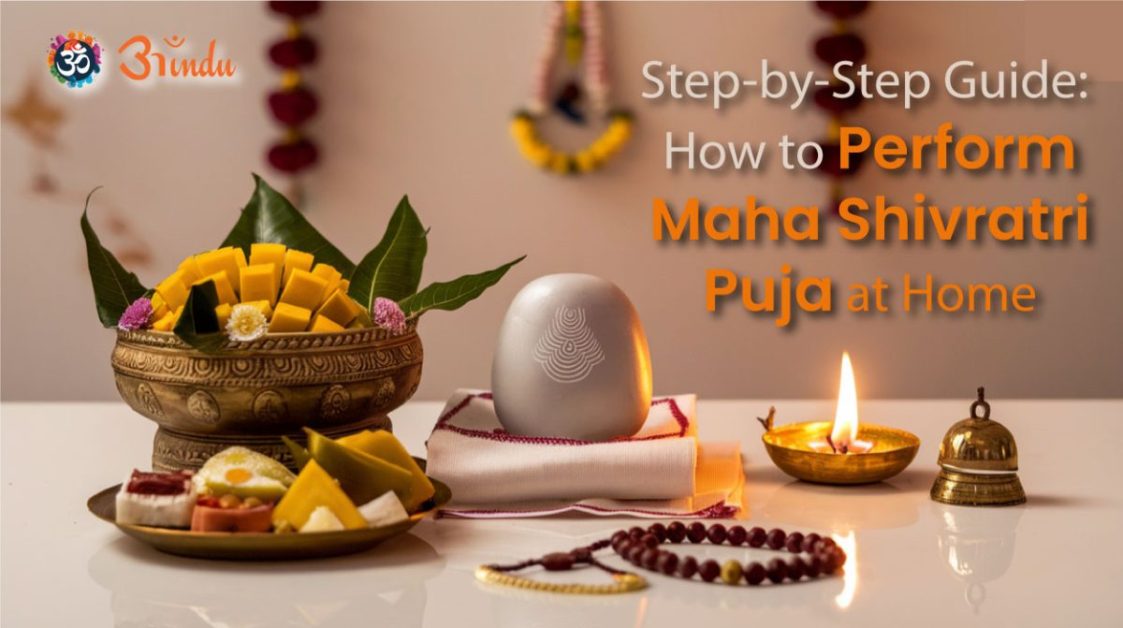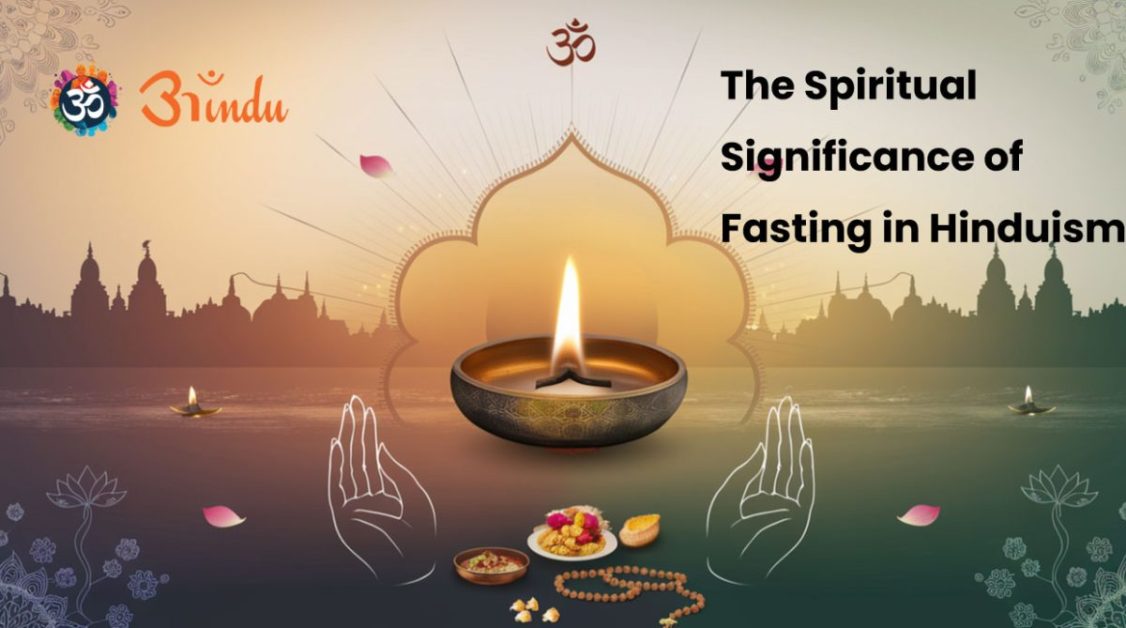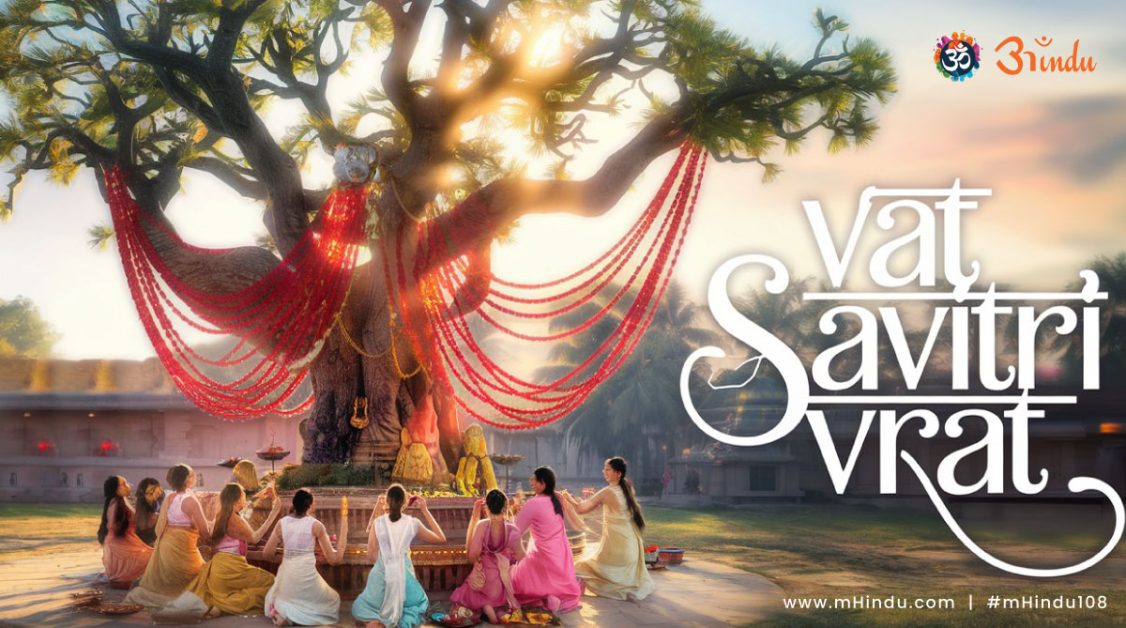
Maha Shivratri, the auspicious night dedicated to Lord Shiva, is a time for deep devotion and spiritual reflection. Many devotees choose to perform the Maha Shivratri puja at home, creating a sacred space to connect with the divine. This comprehensive guide provides a step-by-step process on how to perform Maha Shivratri puja at home, ensuring a meaningful and fulfilling experience.
Explore Blog Content
TogglePreparing for the Maha Shivratri Puja
Before beginning the puja, it’s essential to prepare both your physical space and your mind. Clean your puja area thoroughly and decorate it with flowers, rangoli designs, and lamps. Gather all the necessary puja samagri (items) beforehand to avoid interruptions during the ritual.
Maha Shivratri Puja Samagri Checklist
Having the correct items is crucial for a traditional Maha Shivratri Puja. Here’s a comprehensive list:
- Idol or Image of Lord Shiva: A Shiva Lingam is most commonly used, but an image of Lord Shiva is also acceptable.
- Kalash (Pot): Filled with water, representing the cosmos.
- Panchamrit: A mixture of five sacred ingredients: milk, curd, honey, sugar, and ghee.
- Flowers: Especially white flowers, which are considered dear to Lord Shiva.
- Bilva Patra (Bel Leaves): Highly sacred to Shiva, symbolizing the three eyes of the Lord.
- Dhoop (Incense Sticks) and Diya (Lamp): To create a sacred ambiance.
- Camphor (Kapoor): Used for aarti.
- Fruits: Offered as prasad (sacred offering).
- Sweets: Also offered as prasad.
- Cloth: To place the idol or image on.
- Bell: Rung during the puja.
- Chandan (Sandalwood Paste): Used for tilak.
- Akshat (Unbroken Rice Grains): Offered during the puja.
“Shiva is the ultimate reality, the one without a second.”Adi Shankaracharya
How to Perform Maha Shivratri Puja at Home: Puja Vidhi
- Setting up the Puja Area: Clean the chosen area and place a cloth on a clean platform or table. Place the idol or image of Lord Shiva on the cloth. Set up the Kalash filled with water.
- Invoking Lord Ganesha: Begin the puja by invoking Lord Ganesha, the remover of obstacles. Offer flowers, incense, and a lamp to Ganesha. Chant a Ganesha mantra.
- Preparing the Panchamrit: Prepare the Panchamrit mixture in a clean bowl.
- Abhishek (Ritual Bathing): Perform Abhishek of the Shiva Lingam or image with water from the Kalash. Then, perform Abhishek with Panchamrit. While performing the Abhishek, chant mantras dedicated to Lord Shiva, such as “Om Namah Shivaya.”
- Offering Bilva Patra: Offer Bilva Patra to the Shiva Lingam or image. Each leaf should be offered with reverence, chanting “Om Namah Shivaya.”
- Offering Flowers and Other Items: Offer white flowers, fruits, and sweets to Lord Shiva.
- Lighting the Diya and Dhoop: Light the diya and dhoop.
- Performing Aarti: Perform aarti of Lord Shiva with camphor. Ring the bell during the aarti.
- Chanting Mantras: Chant mantras dedicated to Lord Shiva, such as the Maha Mrityunjaya Mantra.
- Meditation and Prayer: After the puja, sit quietly and meditate on Lord Shiva. Offer your prayers and seek his blessings.
- Distributing Prasad: Distribute the prasad among family members and friends.
"The Maha Mrityunjaya Mantra is a powerful mantra dedicated to Lord Shiva, believed to bestow longevity and health."
Significance of Maha Shivratri Rituals
Each element of the Maha Shivratri puja holds symbolic meaning. The Abhishek represents purification, the Bilva Patra signifies devotion, and the chanting of mantras creates a powerful spiritual atmosphere. Understanding the significance of these rituals enhances the spiritual experience.
Maha Shivratri: A Night of Spiritual Awakening
Maha Shivratri is more than just a ritual; it’s a journey of self-discovery. Performing the puja with sincerity and devotion can deepen your connection with Lord Shiva and bring peace, prosperity, and spiritual growth.
Conclusion
Performing Maha Shivratri puja at home is a beautiful way to connect with Lord Shiva and receive his blessings. By following this step-by-step guide and understanding the significance of the rituals, you can create a sacred and meaningful experience for yourself and your family.
FAQs Section
- Can I perform Maha Shivratri puja at home if I don’t have a Shiva Lingam?
Yes, you can perform the puja using an image or a picture of Lord Shiva. The important thing is your devotion and sincerity. - What is the significance of offering Bilva Patra to Lord Shiva?
Bilva Patra is considered highly sacred to Lord Shiva. It symbolizes the three eyes of the Lord and is believed to please him immensely. - What is Panchamrit made of, and why is it used in the puja?
Panchamrit is a mixture of five sacred ingredients: milk, curd, honey, sugar, and ghee. It is used in the Abhishek as it is believed to purify and energize the deity. - What are some important mantras to chant during Maha Shivratri?
The most important mantra to chant is “Om Namah Shivaya.” The Maha Mrityunjaya Mantra is also highly beneficial. - What is the best time to perform Maha Shivratri puja?
While you can perform the puja at any time during the night, the most auspicious time is considered to be the Brahma Muhurta (early morning hours). - What should I do if I miss any of the puja steps?
Don’t worry if you miss a step. The most important thing is your sincere devotion and intention. Focus on connecting with Lord Shiva with love and reverence. - How should I prepare myself mentally before the puja?
Before the puja, take some time to meditate and calm your mind. Reflect on Lord Shiva and his qualities. Approach the puja with a positive and devotional mindset. - Can women perform Maha Shivratri puja at home?
Yes, women can absolutely perform Maha Shivratri puja at home. There is no restriction based on gender. All are welcome to connect with the divine.






